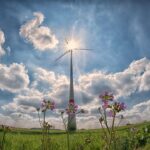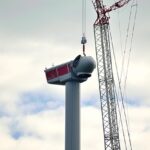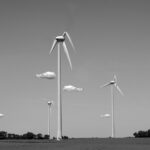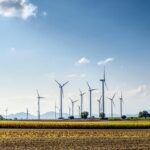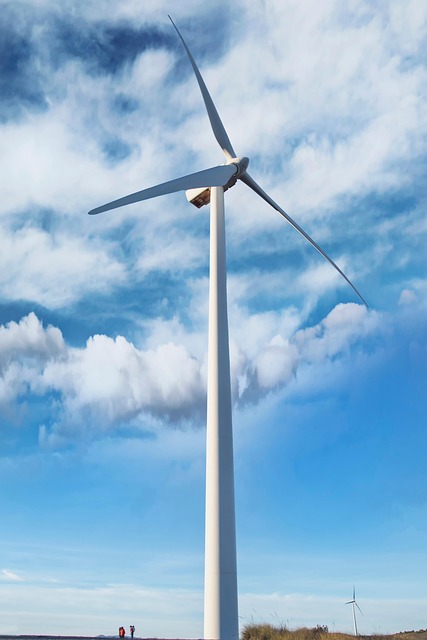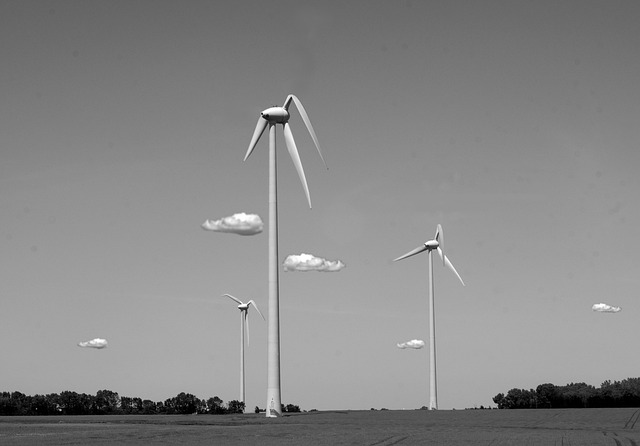Tapping into Nature: The Journey of Wind Power
Wind power has emerged as one of the most promising and sustainable energy solutions in the quest for clean and renewable alternatives to fossil fuels. Harnessing the invisible yet powerful force of the wind, this technology has a rich history that intertwines with humanity’s ingenuity and our unyielding pursuit of progress. The journey of wind power is not just a tale of technology but also a narrative about adapting to challenges, embracing innovation, and realizing the potential of nature’s free resources.
The Origins of Wind Power
The use of wind as a source of energy dates back thousands of years. Ancient civilizations harnessed the wind through sails for navigation and windmills for grinding grain and pumping water. In regions with significant wind resources, such as Persia and the Netherlands, windmills became symbols of agricultural prosperity and technological advancement.
By the late 19th century, the industrial revolution paved the way for more sophisticated applications of wind energy. The first grid-connected wind turbine was built in 1887 in Scotland, developed by academic James Blyth, designed to charge batteries and power his home. This early design set the foundations for the modern wind power industry. However, it wasn’t until the oil crises of the 1970s that wind energy took a more significant foothold as an alternative energy source, pushing the innovation of more efficient turbine designs.
How Wind Power Works
Understanding how wind energy is harnessed requires a look into the mechanics of wind turbines. A wind turbine converts the kinetic energy of the wind into mechanical energy, which is then transformed into electrical energy for use in homes and businesses.
At the heart of a wind turbine are the rotor blades, which are designed to capture the wind’s energy. As wind flows over the blades, it creates lift, causing the rotor to spin. This rotation is transferred to a generator, which converts the mechanical energy into electricity. The entire system is mounted on a tower, elevating the blades to harness stronger and more consistent winds typically found at higher altitudes.
Modern wind turbines come in various sizes and designs, with two main types: horizontal-axis wind turbines (HAWTs) and vertical-axis wind turbines (VAWTs). HAWTs are the most prevalent, characterized by their three-blade design that rotates around a horizontal axis, while VAWTs have a vertical configuration and can capture wind from any direction.
The Breakthrough of Wind Energy Technology
The advancements in wind energy technology have been remarkable over the past few decades. Today, wind turbines are not only taller and more efficient but also smarter, equipped with sensors and software that optimize energy production and maintenance. The increase in size and scale of wind farms has also led to cost reductions, making wind power one of the most affordable sources of new electricity in many regions.
As of 2023, the world’s largest turbines are installed in offshore wind farms, some soaring over 300 feet in height, with rotor diameters exceeding 600 feet. Offshore installations benefit from stronger and more consistent winds, which greatly enhance energy production. Innovations such as floating wind farms are pushing the boundaries of where wind energy can be harvested, reaching deeper waters previously considered unfeasible.
The Benefits of Wind Power
Wind power presents a multitude of benefits, both environmental and economic. One of the most compelling advantages is its minimal carbon footprint. Unlike fossil fuels, wind energy does not produce greenhouse gas emissions during operation, significantly reducing the impact on climate change. By transitioning to wind energy, nations can lower their reliance on coal and natural gas, resulting in cleaner air and a healthier environment.
In addition to environmental benefits, wind energy is an economic powerhouse. The wind industry has created hundreds of thousands of jobs globally, from manufacturing and installation to maintenance and operations. Wind projects stimulate local economies by providing new job opportunities and generating tax revenues that fund public services. Furthermore, as technology continues to advance, the costs of wind energy continue to decline, making it an increasingly viable option for meeting growing energy demands.
Challenges and Solutions
Despite its numerous advantages, wind power does face challenges. Some common concerns include the variability of wind, the impact on wildlife, and the visual and noise disturbances that turbines can create in residential areas. Addressing these challenges is critical to the widespread adoption of wind energy.
One of the primary issues is the intermittency of wind, which can lead to fluctuations in energy supply. However, advancements in energy storage technology, such as batteries and pumped hydro storage, are improving the ability to store excess energy generated during high-wind periods. Additionally, the integration of wind energy into a diversified energy grid can help balance supply and demand more effectively.
Wildlife impacts, particularly on birds and bats, are an ongoing concern for developers. Researchers are continuously studying migratory patterns and turbine designs to minimize risks to wildlife. Moreover, siting wind farms in less ecologically sensitive areas and employing technology such as radar detection systems can help mitigate these effects.
The Future of Wind Power
The future of wind power looks promising as innovation and investment continue to grow. According to the Global Wind Energy Council, the wind energy sector is projected to double in capacity by 2025, bringing wind to the forefront of the energy transition. Countries worldwide are setting ambitious renewable energy targets, with many including wind power as a core component of their energy strategies.
Offshore wind farms are expected to experience significant growth, with continual advancements in floating technology that allow projects to be installed in deeper waters. Technological innovations will further enhance the efficiency and performance of wind turbines, making this a critical component of a sustainable energy future.
Conclusion
Tapping into nature through wind power represents humanity’s ability to adapt and innovate in the face of climatic challenges. From its ancient origins to its modern applications, wind energy has consistently proven its worth as a viable and powerful alternative to traditional energy sources. With continued advancements and support, wind power is poised to play an integral role in the transition toward a more sustainable and environmentally responsible energy landscape.
As we move forward, it is vital to continue understanding and optimizing this natural resource. The journey of wind power is one of not just technology but also one of resilience and hope, illustrating the potential of human ingenuity in harnessing nature for a cleaner and greener future.
